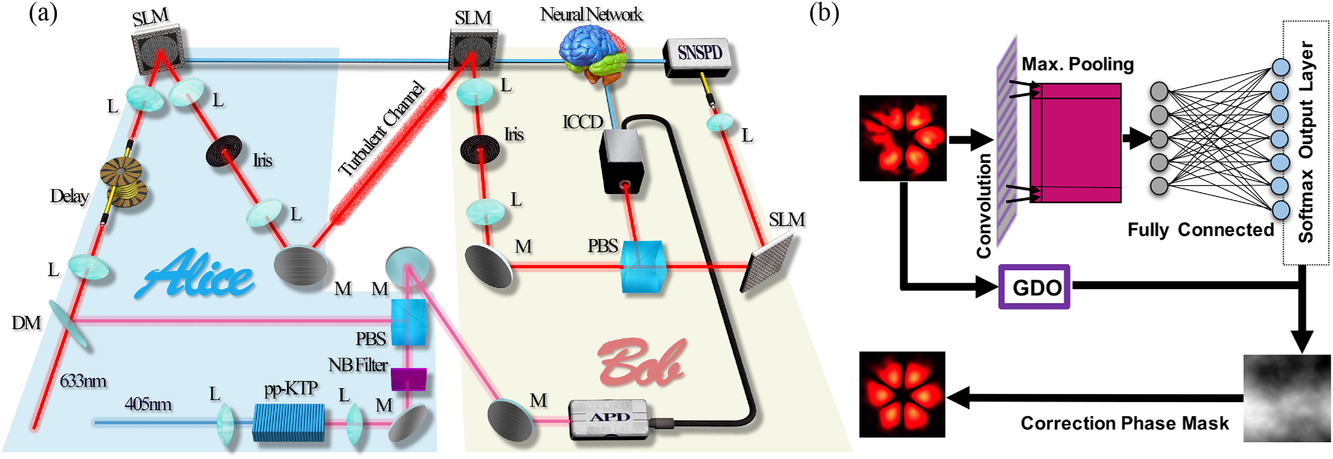MIT physicists have made a groundbreaking discovery about electron behavior in pentalayer graphene, revealing that electrons can exhibit fractional charges without a magnetic field—a phenomenon previously thought impossible. This research, led by Professor Senthil Todadri and building on work by Assistant Professor Long Ju, challenges existing understanding of quantum electronic states in two-dimensional materials.
The study centers on pentalayer graphene, a structure consisting of five stacked graphene layers placed on a boron nitride sheet. During experiments, Ju observed that electrons appeared to pass through the material carrying fractions of their total charge, a surprising result that prompted further theoretical investigation.
Traditionally, fractional electron charges were only known to occur under extremely strong magnetic fields in what’s called the fractional quantum Hall effect. Ju’s work demonstrated this could happen in graphene without a magnetic field, coining the term “fractional quantum anomalous Hall effect.”
Todadri and his team delved into explaining this unexpected behavior through quantum mechanical calculations. They discovered that the key lies in electron interactions within the confined two-dimensional space. Unlike previous approaches that treated electrons as independent entities, their new model considered how electrons interact and correlate in tight quarters.
The researchers found that the moiré arrangement of pentalayer graphene creates a weak electrical potential that forces electrons to form a unique crystal-like structure. In this environment, electrons interact through quantum correlations, creating a complex “cloud” of possible physical states that allows them to split into fractional charges.
This discovery builds upon earlier work in “twistronics” by MIT professor Pablo Jarillo-Herrero, who in 2018 first demonstrated how stacking and twisting graphene sheets could induce unexpected electronic behaviors like superconductivity.
Todadri describes this as “a completely new mechanism” that opens possibilities for previously unimaginable experiments. The research was published in Physical Review Letters, with concurrent similar studies from Johns Hopkins University, Harvard University, UC Berkeley, and Lawrence Berkeley National Laboratory.
The findings not only explain the fractional charge phenomenon in pentalayer graphene but also provide a theoretical foundation for understanding similar quantum electronic states in other two-dimensional materials, potentially paving the way for advances in quantum physics and materials science.
Reference: “Theory of Quantum Anomalous Hall Phases in Pentalayer Rhombohedral Graphene Moiré Structures” by Zhihuan Dong, Adarsh S. Patri and T. Senthil, 12 November 2024, Physical Review Letters. DOI: 10.1103/PhysRevLett.133.206502





